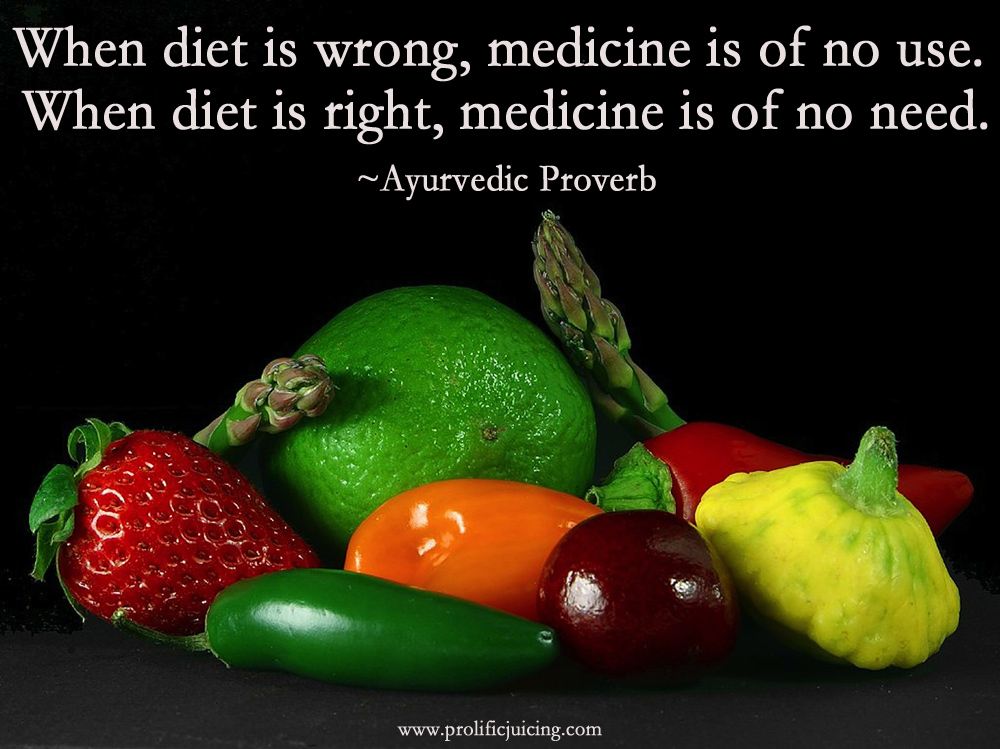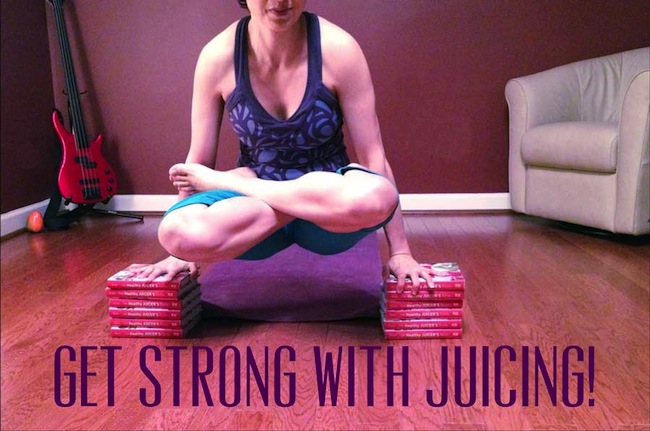When diet is wrong, medicine is of no use. When diet is right, medicine is of no need. ~Ayurvedic Proverb

The Stubborn 20 Pounds and Me
Back in 2007, I was desperately trying to lose 20 pounds of extra weight. I felt ugly, fat and unattractive.
If you’ve been there, I know you can relate. You’re tired of going to the gym and exercising without seeing any real benefits.
You’ve given up on diets because you know diets don’t always work and they are a pain to follow.
And you don’t want to hire a personal trainer because you can’t afford one.
You’re at a loss!
That is exactly what I felt too. At a loss!
One of the obvious reasons you have turned to green juicing is better health and vitality. You’re curious how juicing can help you, perhaps, shed those stubborn extra pounds, have more energy to play tennis with your kids, go hiking, feel sexier, look better and so on.
Whatever your reasons, let me tell you that you’re in for a pleasant surprise. Discovering and doing green juicing is one of the smartest decisions I have made in my life.
How I Fell into Green Juicing
Just like you, I was once a “newbie” to green juicing. In 2007, the late Jack Lalanne introduced me to the world of juicing. He made it sound so simple yet so effective that I thought I’d give it a try.
I started out my journey in the “safe zone” of fruit-only juices. What could go wrong? The worst that could happen was it wouldn’t taste great – nothing to lose. My first juice was a simple orange juice. Then I made a grapefruit juice. Then the two thrown together with a little ginger.
Before I knew, I was fairly comfortable with fruit juices and one day, out of curiosity, I mixed parsley and celery in to make my first green juice ever.
And to my astonishment, it tasted great! So much so that I’ve never looked back. And yes, I did shed those 20 pounds by bringing regular juicing into my life.
What is Green Juicing Anyway?
I hope by now you’re keen to learn more and figure out if green juicing is for you. So let’s start with the basics.
Simply put, green juices are made from fresh leafy green vegetables such as spinach and parsley as well as other vegetables such as cucumber and broccoli as well as a fruit or two to sweeten the pot.
You can take a single or a mix of raw fruits and vegetables in any combination you desire and put it all together in a juicer to make a glass of green juice.
Your juicer will extract the pulp (source of fiber), which can be repurposed for soups, broths and other foods, and yield the juice. You then drink the juice!
Green juices contain less sugar compared to their fruit-only counterparts. This is a great way to add rich nutrients from leafy veggies into your diet.
Personally, I use the Green Star juicer for my juicing. This is my third juicer and while I do love the Omega juicers and any other masticating type of juicers, the Green Star is my current favorite.
You do not need an expensive juicer but you do need a machine that is able to extract the pulp from the juice in order to start with juicing. A blender won’t be able do that and neither will a food processor. You need a juicer.
About Juice Bars and Bottled Juices
Now you may be wondering why not go to a juice bar and buy your juice instead of going through the process of making the juice? You may have access to healthy juice bars where you live, which is a good start to familiarize yourself with how green juices taste, but it’s not a long term solution to building a juicing habit.
And remember, juice bars do not have a wild selection of the produce they use and their juices would cost more than what you make at home.
By all means, say no to all bottled juices! Bottled juices are pasteurized – which means the juice is heated up to prevent bacteria growth and increase their shelf life, but the process kills the healthy nutrients in juices. Plus, many have additives you want to stay away from.
Blending is Not the Same as Juicing!
Juicing is also not the same as blending or putting your fruits and vegetables in a food processor. When you’re juicing your ingredients, you are not processing them using a blender or food processor.
You could theoretically strain the juice from blended food but if you are building a long-term juicing habit, this is very hard to maintain. This may work for you but it is not the kind of pure juicing I am talking about.
When you mix fruits and vegetables with juice, you get a smoothie, which retains the fiber, is a whole food and can be equally delicious – but it’s not 100% juice.
Smoothies, as opposed to pure juice, can fill you up for a longer time. That said, smoothies also take longer to digest as compared to juice because with the latter you’re sending nutrients directly to your cells.
Your digestive system does not have to process pure juice, which is one of the reasons you can fast on juices as opposed to smoothies because you can let your digestive system rest.
A freshly prepared, homemade green juice comes from only the ingredients (fruits, green leafy veggies and herbs) and is not post-processed, diluted, blended, pasteurized, packaged, or frozen for storage.
I make my juices in small batches to avoid refrigeration but if you make more than one serving, always store in glass air-tight containers.
Ready to take the Juicing Plunge?
If you want to really understand why juicing is so enormously beneficial to your health, your skin, and your body, and if you have questions about juicing that you are too afraid or embarrassed to ask AND if you want to get proficient at juicing and make it a sustainable habit in your life, then my latest book, The Healthy Juicer’s Bible, is definitely for you.



